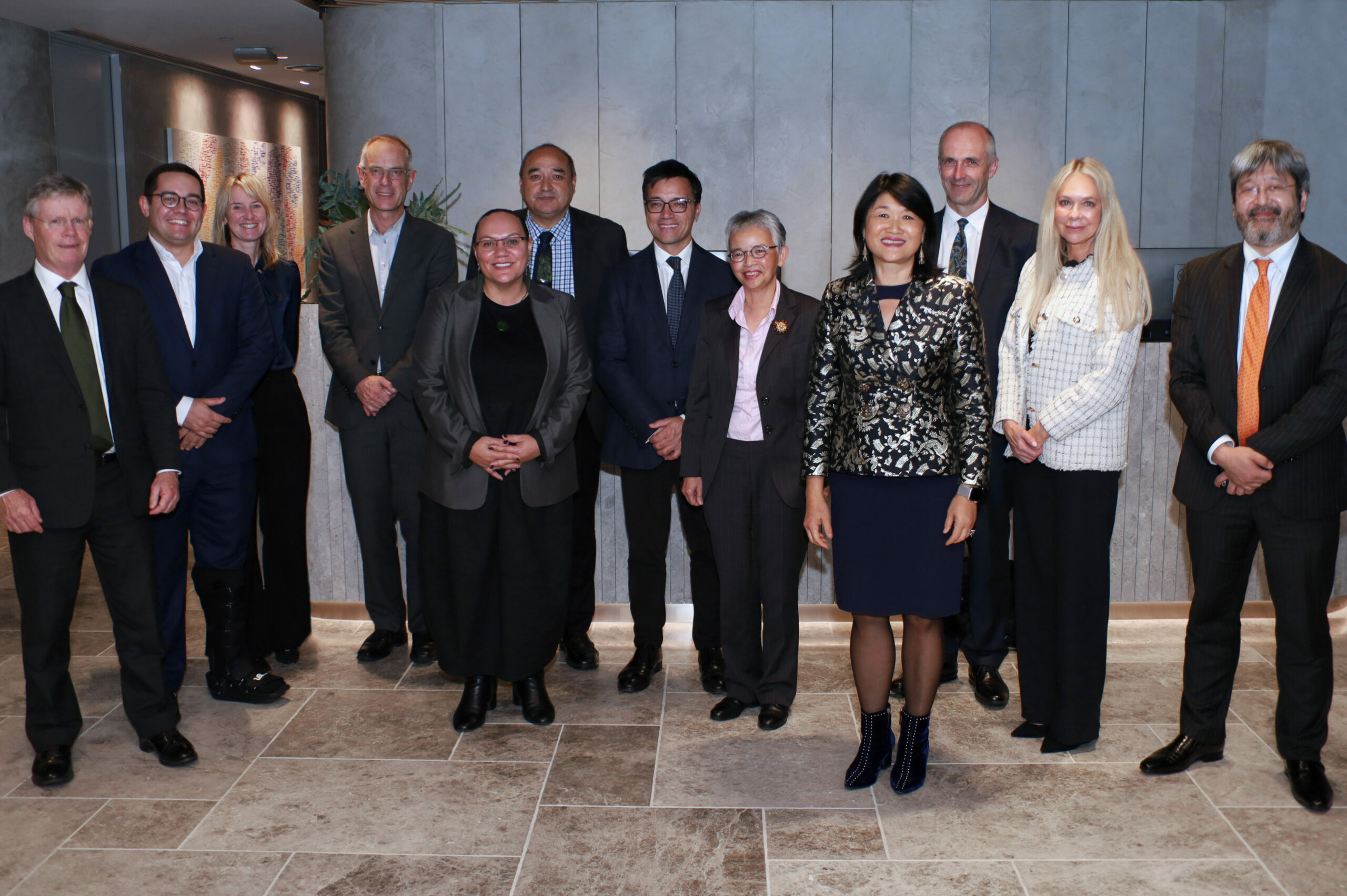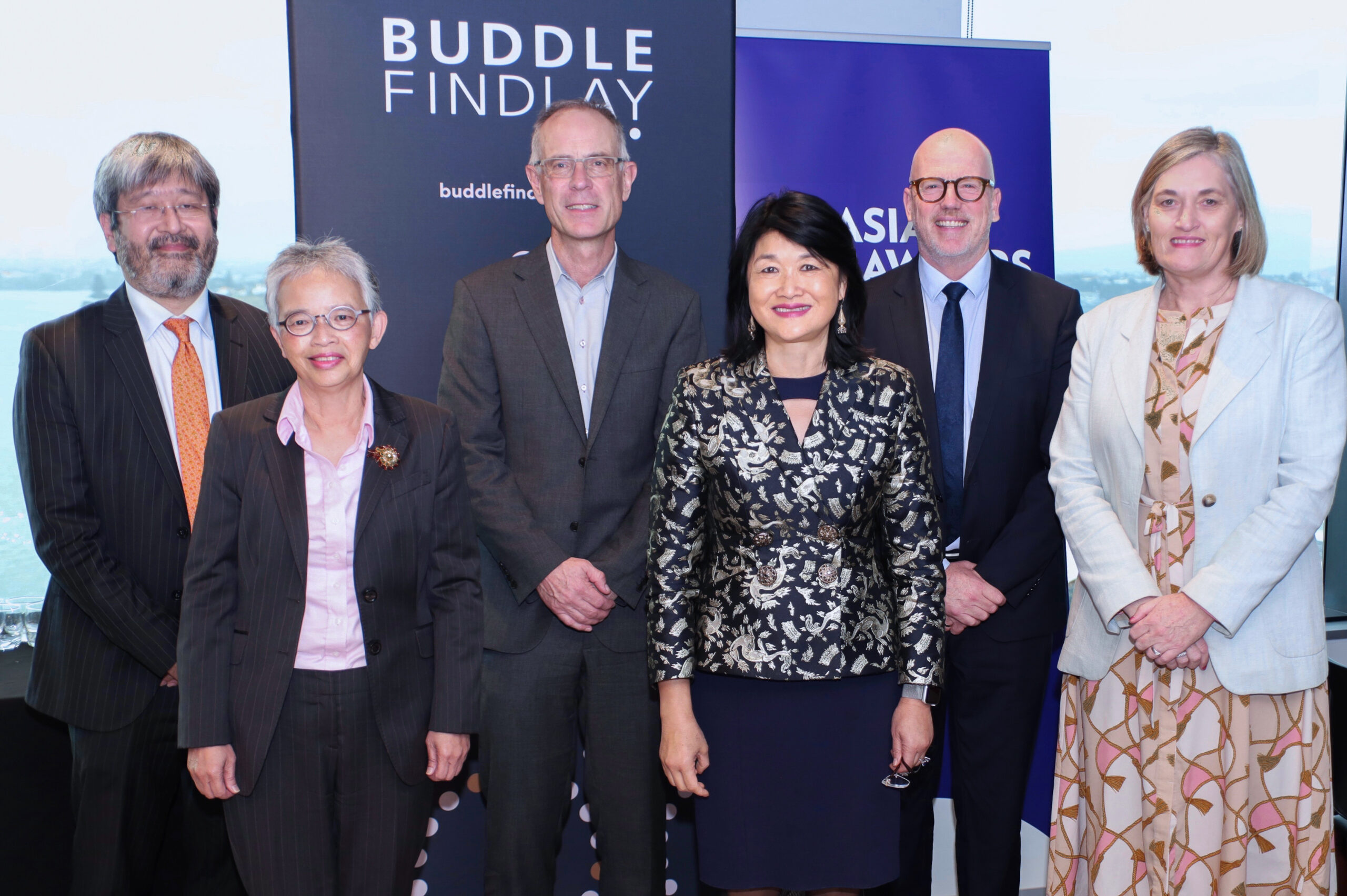

On Wednesday 3 May 2023, the New Zealand Asian Lawyers hosted a wānanga on “Tikanga and the Law” with the support of the Ngā Ahorangi Motuhake o te Ture / New Zealand Bar Association, at Buddle Findlay. The reason for the wānanga was because of the importance of the issue – especially as the place of tikanga in the law of New Zealand has been reinforced by recent Supreme Court decisions including Ellis v R [2022] NZSC 114 and Wairarapa Moana Ki Pouākani Incorporation v Mercury NZ Limited and The Waitangi Tribunal and Ors [2022] NZSC 142.
In Ellis, “[t]he [Supreme] Court is unanimous that Tikanga has been and will continue to be recognised in the development of the common law of Aotearoa/New Zealand in cases where it is relevant. It also forms part of New Zealand law as a result of being incorporated into statutes and regulations. It may be relevant consideration in the exercise of discretions and it is incorporated in policies and processes of public bodies.” (paragraph 19)
For many of us, our understanding of tikanga Māori, te reo Māori and Te Tiriti o Waitangi, is limited. Some of us are migrants and are learning all of this anew. For all those practising within Aotearoa New Zealand, it is critical that we expand our understanding of tikanga to recognise when it is relevant in the cases we are arguing, and to respect and acknowledge tikanga when doing so.
The Wananga covered the following content:
Justice Joe Williams elucidated on the following excerpts from various Supreme Court judgments below which Mai Chen selected from her paper delivered at a global Symposium on “Cultural Experts in the Courts” at the Sorbonne on Easter Friday.
1. The Court in Ellis v R [2022] NZSC 114 recognised that tikanga has wide application:
“The Court is unanimous that tikanga has been and will continue to be recognised in the development of the common law of Aotearoa/New Zealand in cases where it is relevant. It also forms part of New Zealand law as a result of being incorporated into statutes and regulations. It may be a relevant consideration in the exercise of discretions and it is incorporated in the policies and processes of public bodies.”
2. Tikanga is “an adaptable framework for resolution” – after finding the lower court’s approach to be “rigid”. Wairarapa Moana Ki Pouākani Inc v Mercury NZ Ltd [2022] NZSC 142 at [74] and [79].
3. “The majority judges comment that the appropriate method of ascertaining Tikanga (where it is relevant) will depend on the circumstances of the particular case.” Ellis v R [2022] NZSC 114 at [23].
4. Many of the issues that arise for the court’s determination will “inhabit the grey area between cultural and legal worlds, requiring understanding and the ability to comprehend nuance”. Wairarapa Moana Ki Pouākani Inc v Mercury NZ Ltd [2022] NZSC 142 at [84].
5. The Court in Ellis v R [2022] NZSC 114 took seriously the concerns of tikanga experts “that tikanga Māori might be misappropriated and wrongly applied in the court system”. It acknowledged that “courts must not exceed their function when engaging with tikanga”. It is not the role of the courts, according to the Chief Justice, “to pronounce on or develop the content of tikanga”. Those who are sources of tikanga or experts on it “will be external to the court”. This recognises that Māori have rangatiratanga or sovereignty over how tikanga is interpreted.
6. Is the viewpoint, expertise and challenges of the above different as a Maori judge competent in te reo Maori and growing up with matauranga Maori?
Justice Whata spoke on how to properly engage with tikanga, and the key methods available to the common law and thus lawyers to weave tikanga into New Zealand law.
Justice Powell spoke on:
- Some of the challenges in categorising and reconciling tikanga in MACA applications;
- The disjunction between ascertaining tikanga for the purposes of establishing customary marine title and then issuing title that is by definition not consistent with tikanga including:
- Exclusion of those with acknowledged customary rights who cannot meet the statutory test.
- The requirement to define hard boundaries for the purposes of title and where those should be located.
- The difficulty in having the holder of the any title issued reflect the tikanga without creating a multiplicity of governance entities.
Chief Judge Taumaunu spoke on the purpose of Te Ao Mārama, how tikanga sits within the vision of Te Ao Mārama and the application of tikanga Māori in the District Court jurisdiction. When discussing the application of tikanga Māori in the District Court, the Chief Judge looked specifically at:
- Criminal – Sentencing Act 2002
- Youth Justice – Oranga Tamariki Act 1989
- Care and Protection/Family – Oranga Tamariki Act 1989.
Acting Chief Judge Fox presented on the Maori Land Court and the Waitangi Tribunal – Tikanga and the Hearing Process, Tikanga as evidence and Tikanga in Judgements/Reports.
Click to download Acting Chief Judge Fox’s presentation here: Tikanga in the Māori Land Court and the Waitangi Tribunal
Judge Doogan answered the following questions:
- How Tikanga being the first law of NZ affects the express incorporations of Te Tiriti and Maori concepts and culture and traditions in the RMA (eg s 6(e), 7(a)), and the RMA generally.
- Clarifying the demarcation between what the EC does and what the Maori Land Court does would help given that the task the Environment Court undertakes does require the determination of mana whenua under s 6(e).
- What should counsel do to advocate well in the EC on Tikanga and the law issues – and where do you find counsel most lacking, in your experience. What should lawyers do and not do to truly assist the court and their clients on Tikanga issues?
Click to download Judge Doogan’s presentation here: Tikanga in Environmental Jurisdiction